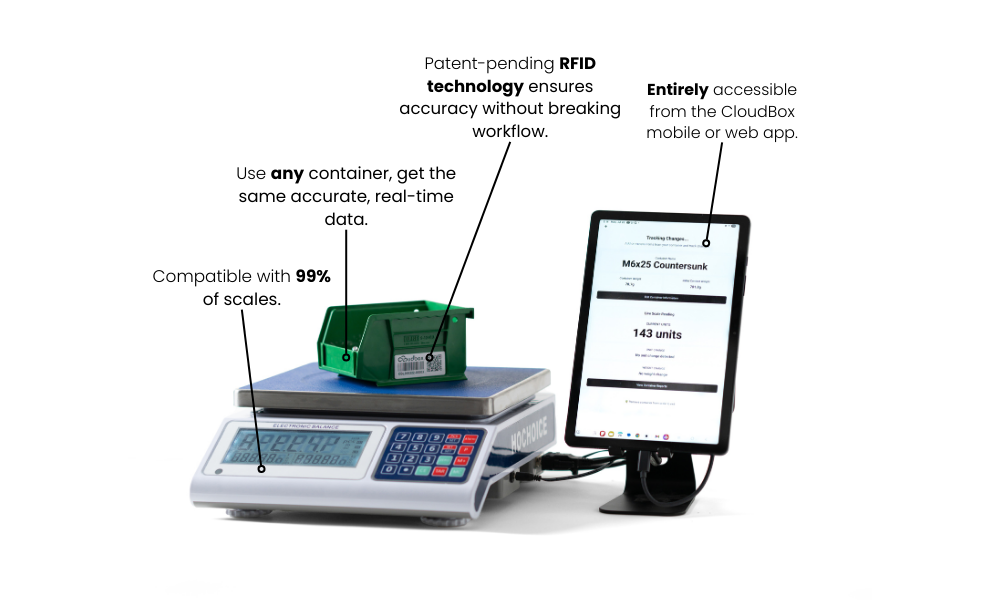
Not every warehouse is the size of an Amazon fulfillment center. In fact, most are not. Across the country, small and mid-sized warehouses are the backbone of distribution networks, retail chains, and regional supply chains. These teams often manage thousands of units with limited staff, tight margins, and high expectations.
So how can small warehouses stay competitive in an environment dominated by enterprise operations? The answer is not to scale up by force. It is to get smarter.
Small Teams, Big Pressure
If you operate a smaller warehouse, you are probably used to doing more with less. Fewer hands to move product, fewer resources to install expensive software, and less room for error when customers are expecting next-day fulfillment. Every pallet, every bin, and every shift matters.
The challenge comes when those same operations are expected to deliver enterprise-grade accuracy and speed, but without enterprise-level budgets or headcount.
That gap is exactly where technology can offer leverage.
What Small Warehouses Can Learn from Enterprise Ops
Big warehouses have one advantage that cannot be ignored: data. They know what is moving, where it is going, and how long it sits on the shelf. They can spot trends, forecast stock, and respond to disruption quickly.
Historically, small warehouses have not had access to those same insights. Why? Because the systems that provide them are expensive, hard to configure, and require full-time teams to maintain.
But the playing field is changing. With the rise of smart, modular storage systems like CloudBox, smaller facilities can start collecting and using data without breaking their budget.
Start with Visibility
The first step is knowing what you have and where it is. This might sound obvious, but it is the single biggest differentiator between reactive and proactive operations.
With CloudBox, you can track inventory levels automatically. Each unit measures stock changes in real time and reports that data to a dashboard your team can access anytime. You do not need to scan items every day or rely on manual counts. You just check the system and make decisions based on current information.
That level of visibility helps prevent overstocking, underordering, and fulfillment delays. It also helps team leads and owners make smarter purchasing and staffing decisions.
Scale with Your Needs
Unlike enterprise platforms that require large commitments and custom development, CloudBox scales with your operation. You can start with just a few high-turn items or sensitive SKUs, then expand the system as your business grows.
Whether you are running a 5,000-square-foot facility or a converted retail space, CloudBox gives you the tools to operate like a modern warehouse without the friction of a full warehouse management system.
You also gain the ability to centralize your inventory tracking without changing the software you already use. CloudBox plugs into your current workflow, offering clean data and reliable insight without the need for new training or downtime.
Real Impact Without the Overhead
One warehouse manager we spoke to runs a team of seven in a regional distribution hub. They started with just three CloudBox units to track their most commonly miscounted items, wire rolls, small motors, and adhesives.
Within two weeks, they found their reordering process was smoother and more accurate. Team members spent less time double-checking counts, and restocks arrived exactly when needed. They have since added ten more units and reported fewer missed shipments, tighter cycle times, and higher employee satisfaction.
This is not a rare story. It is becoming the norm for small teams who adopt tools that work with them, not against them.
Compete by Staying Lean and Informed
The secret is not trying to be bigger than you are. It is about being lean, smart, and responsive. Customers do not care how big your warehouse is. They care if their order arrives on time, in good condition, and with accurate tracking.
CloudBox gives you the kind of data and control that used to be reserved for enterprise players. Now it is in your hands.
If you are ready to step out of the reactive mode and into a proactive, performance-driven operation, you do not need to build a new warehouse. You just need to build a better one.
.avif)

.png)




.png)

.png)
.png)




